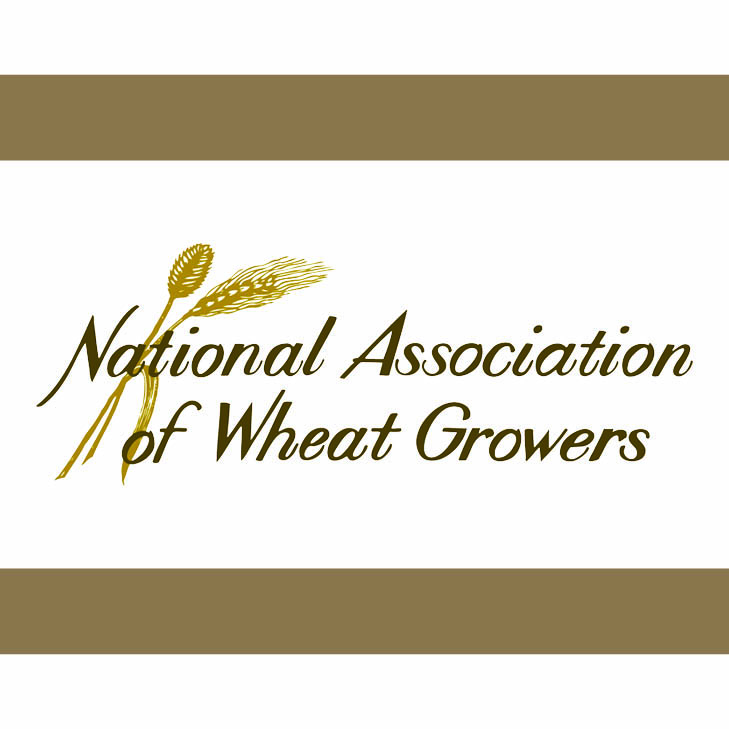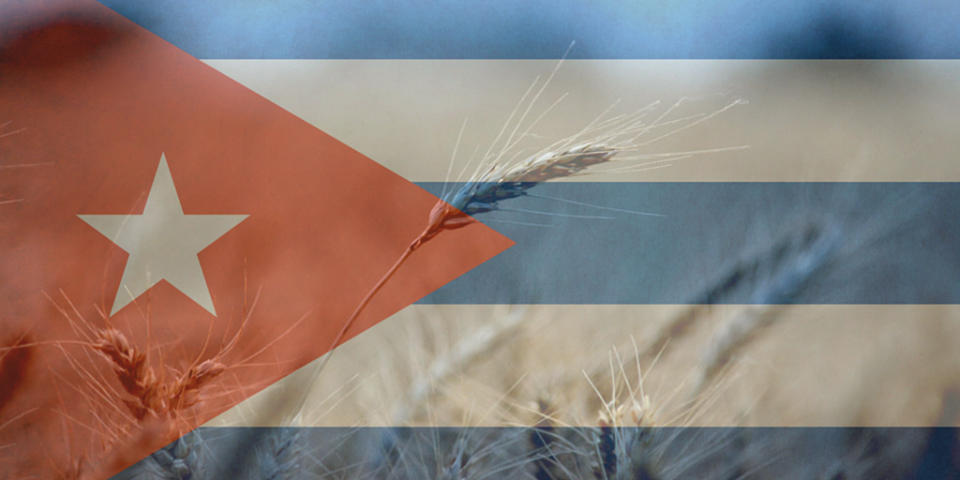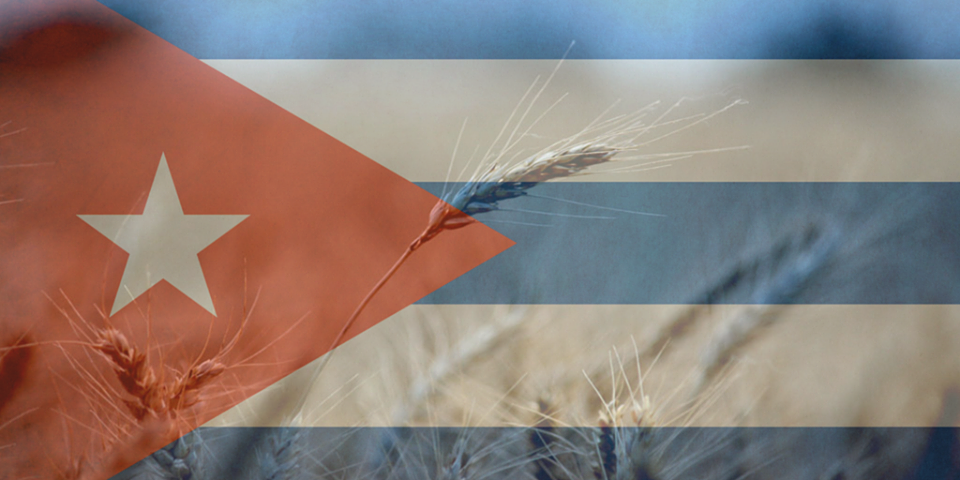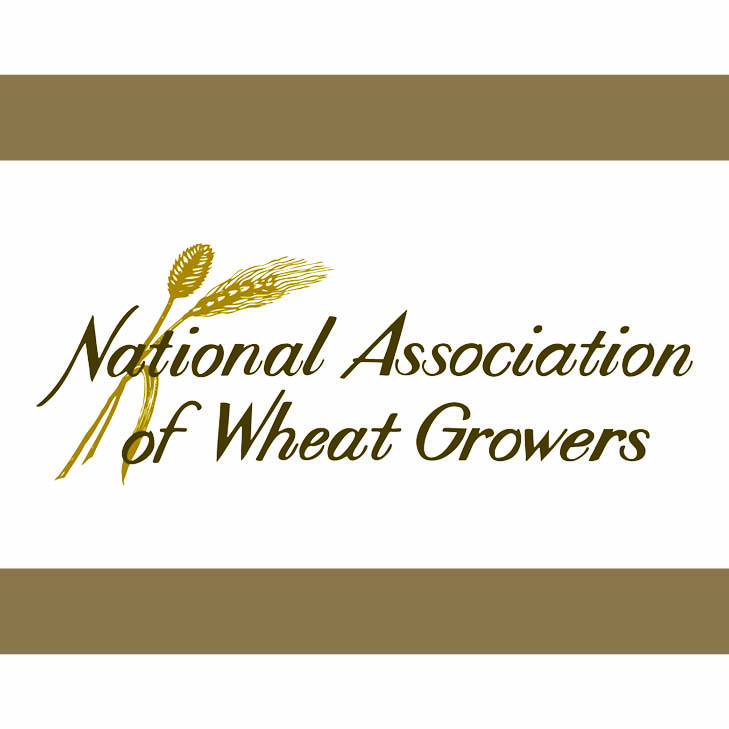An old adage suggests that two of the biggest influences on a market are weather and governments. Though there is not much that USW can do about the weather, government policies are one key area where we can work with our customers to help achieve beneficial outcomes for both. A leading example of that cooperative work was on display last week as two Brazilian flour millers joined USW staff in a series of meetings in Washington, DC, in hopes of securing more favorable access to U.S. wheat supplies.
Brazil is an agricultural powerhouse, and one of the world’s largest exporters of agricultural commodities. In addition to well-known production success in corn and soybeans, Brazilian farmers also produce between five and six million tons of wheat annually — about half of the 10 million metric tons (MMT) of wheat the Brazilian people consume each year. That leaves Brazilian flour mills in need of significant wheat imports each year.
The relationship between the U.S. wheat and Brazilian milling industries goes back several decades. In the 1980s, Brazil was a regular and large customer of U.S. supplies, purchasing between two and three MMT annually. The 1990s brought the formation of the Southern Common Market or Mercosur trading bloc, allowing wheat from Argentina to enter Brazil duty-free and leading to a subsequent decline in imports from the United States. During that time, Brazil agreed to a 750,000 metric tons (MT) zero-duty tariff rate quota (TRQ), allowing Brazilian millers access to a dedicated amount of wheat from the United States, Canada and other world suppliers on an even basis with Argentine wheat. Unfortunately, Brazil never implemented that TRQ and negotiations on a replacement for it remain open today.
Resolution of the outstanding TRQ could prove to be a win-win scenario for U.S. wheat producers and their Brazilian customers. Current discussions focus on applying a TRQ that will provide Brazilian millers more favorable access to world wheat supplies, while not directly displacing Brazilian wheat production.
The long-outstanding Brazilian wheat TRQ is a prime example that for markets to work we must have the right policies in place and we must collaborate with our customers around the world to influence those policies. USW will continue to seek the best possible outcomes when government policies hinder access to U.S. wheat supplies.
By Dalton Henry, USW Director of Policy






